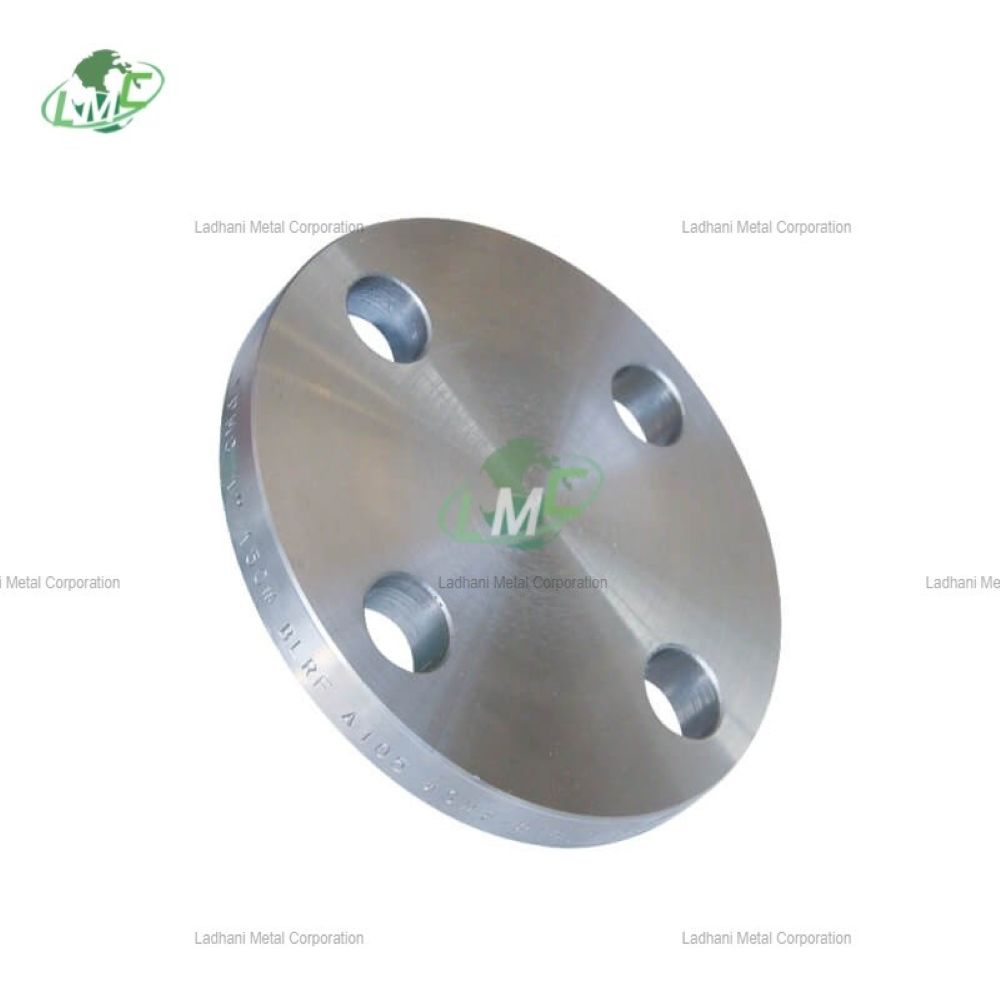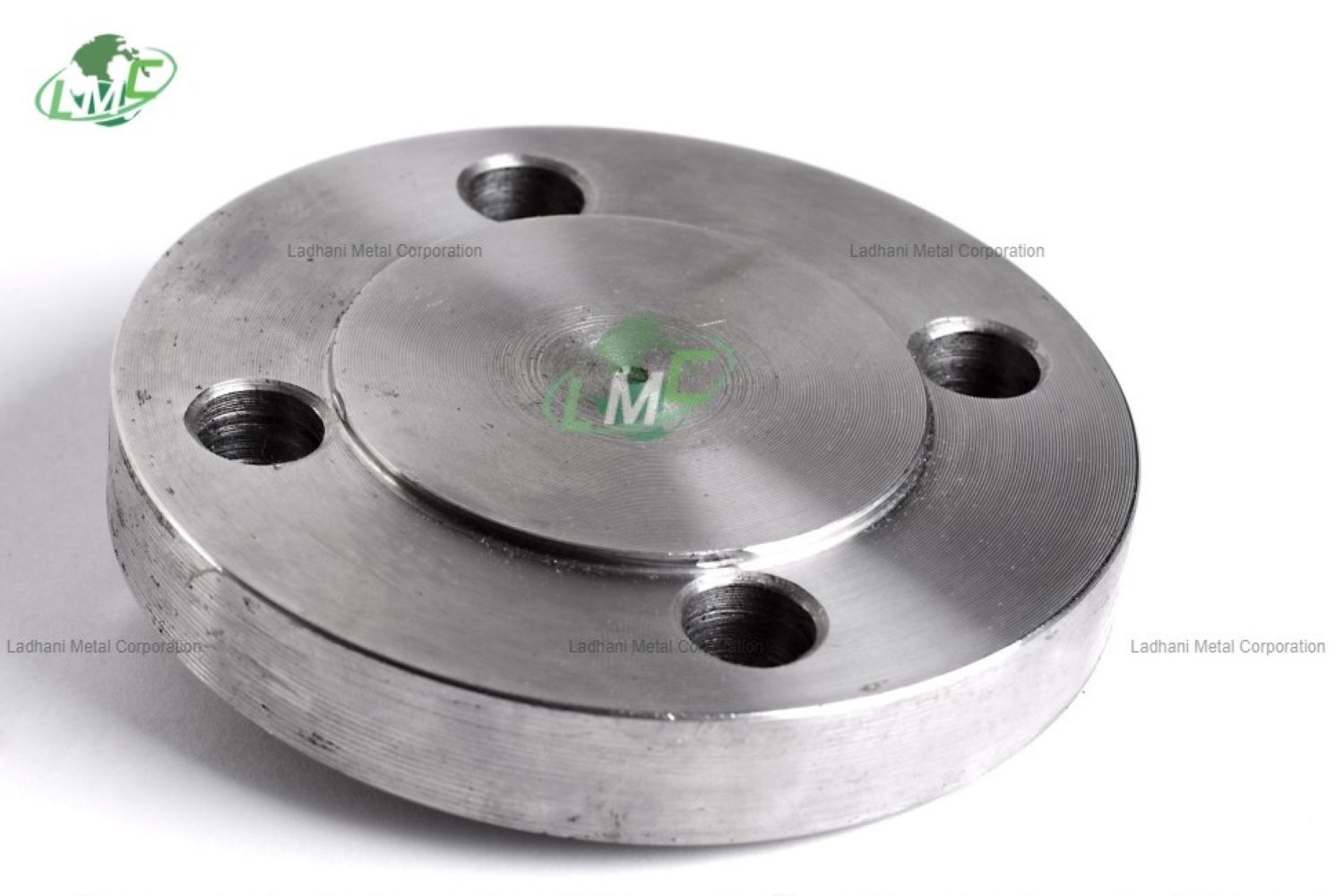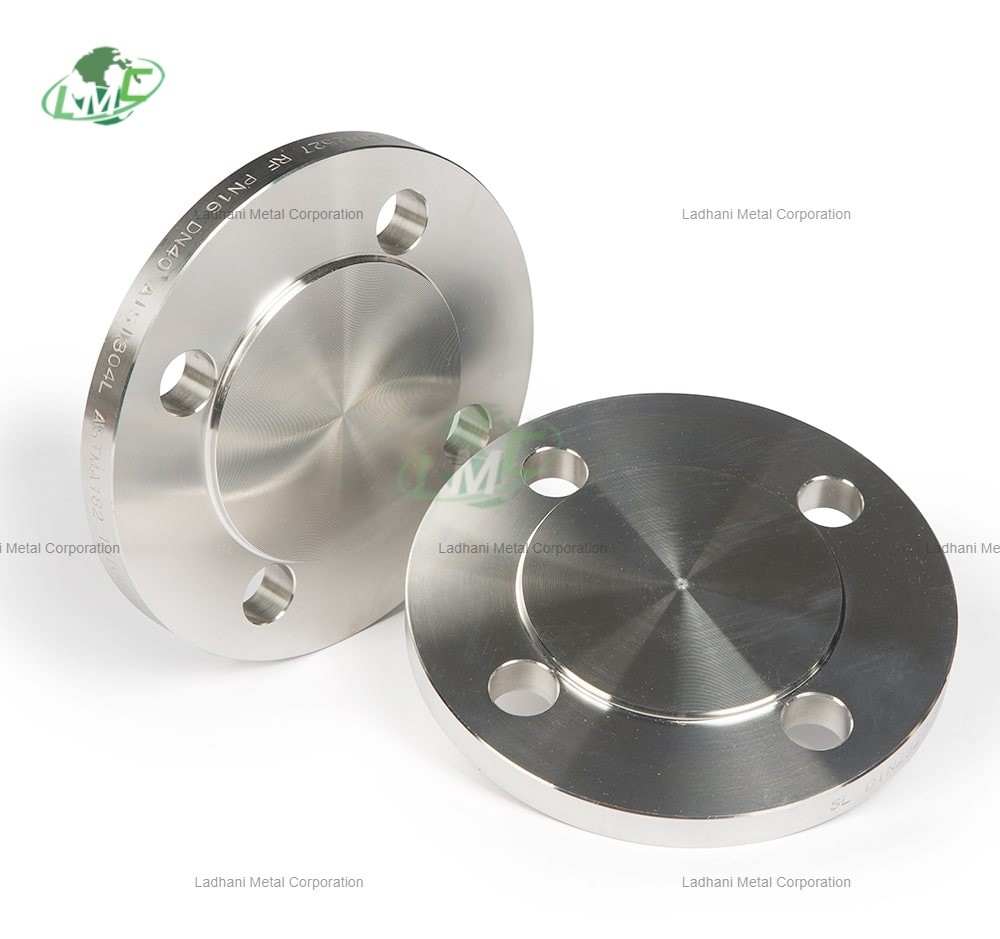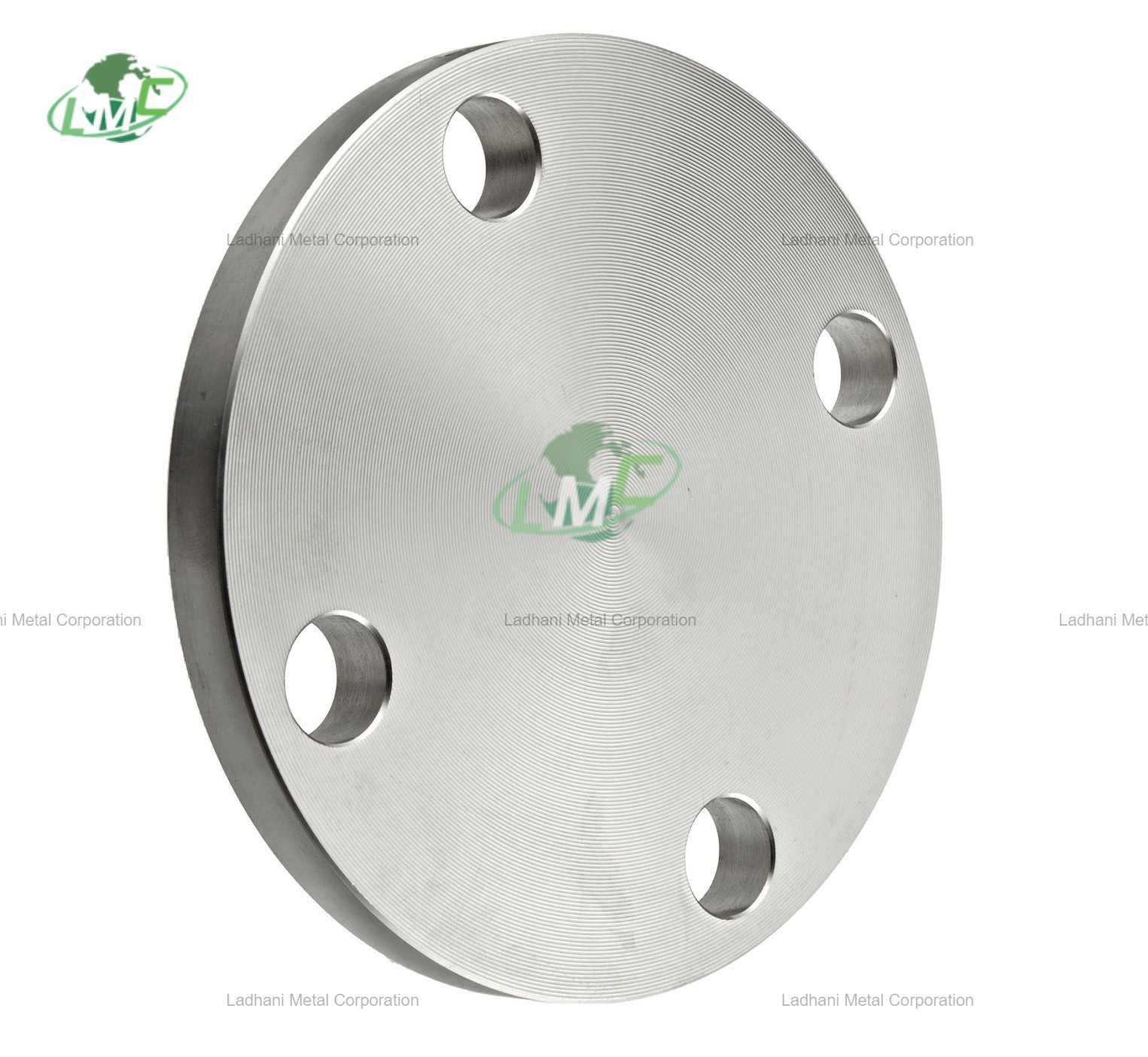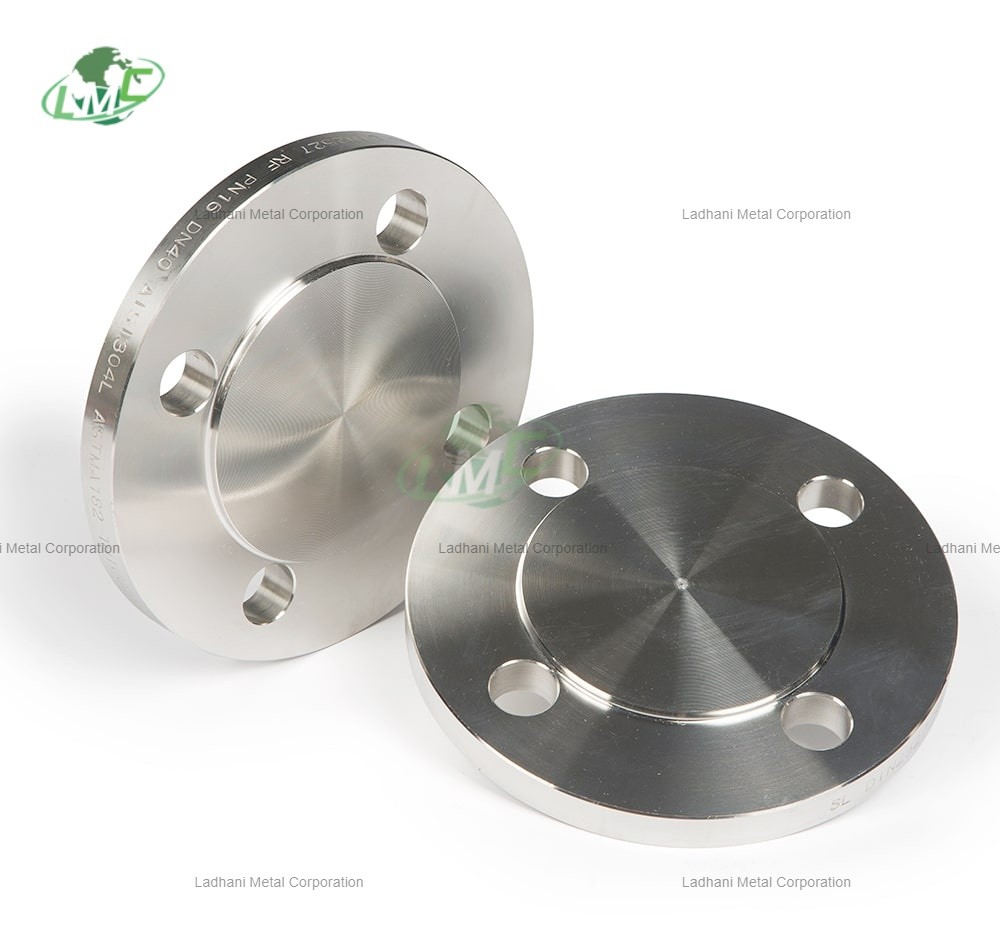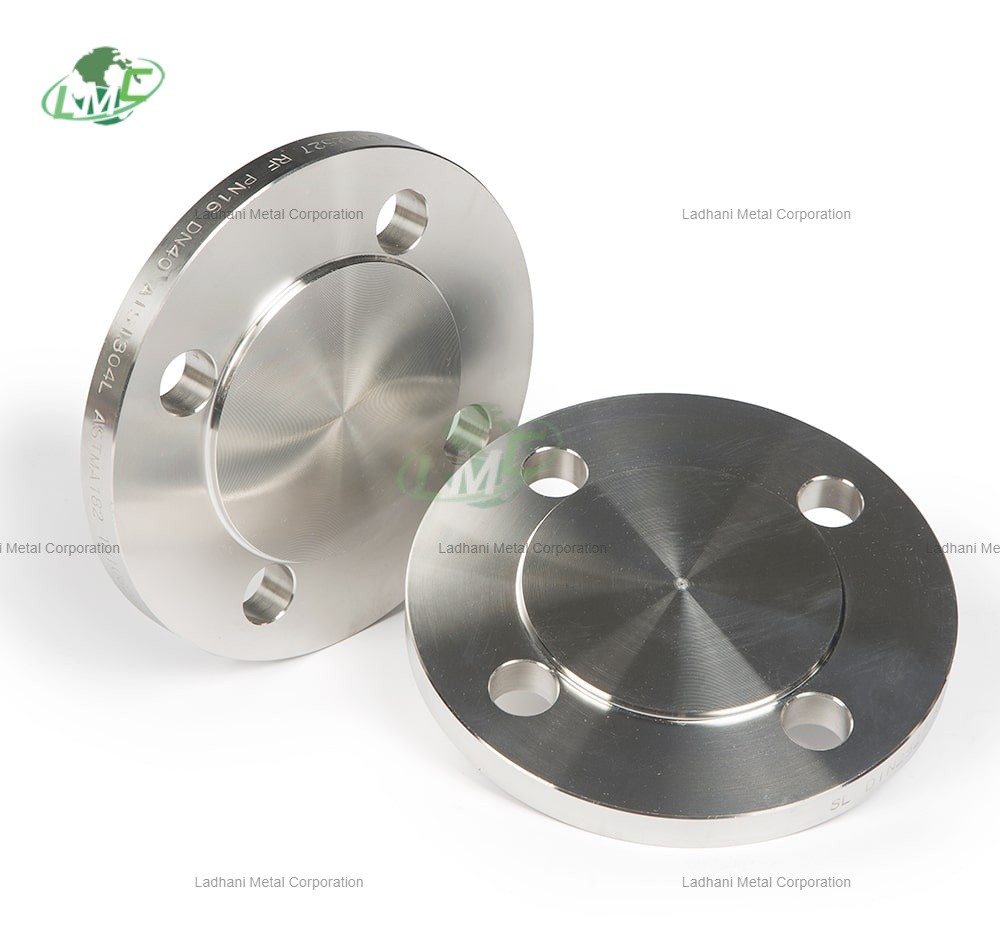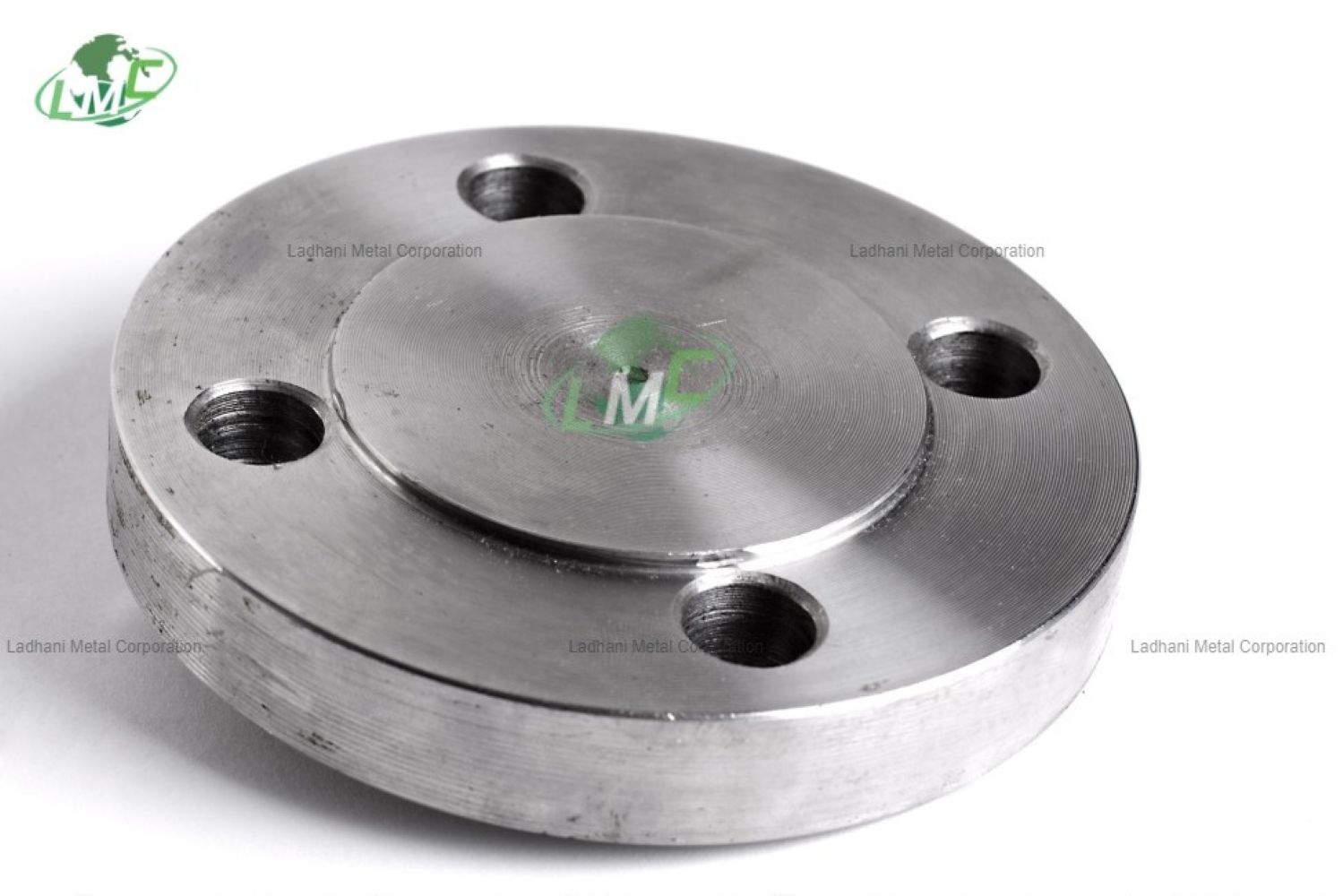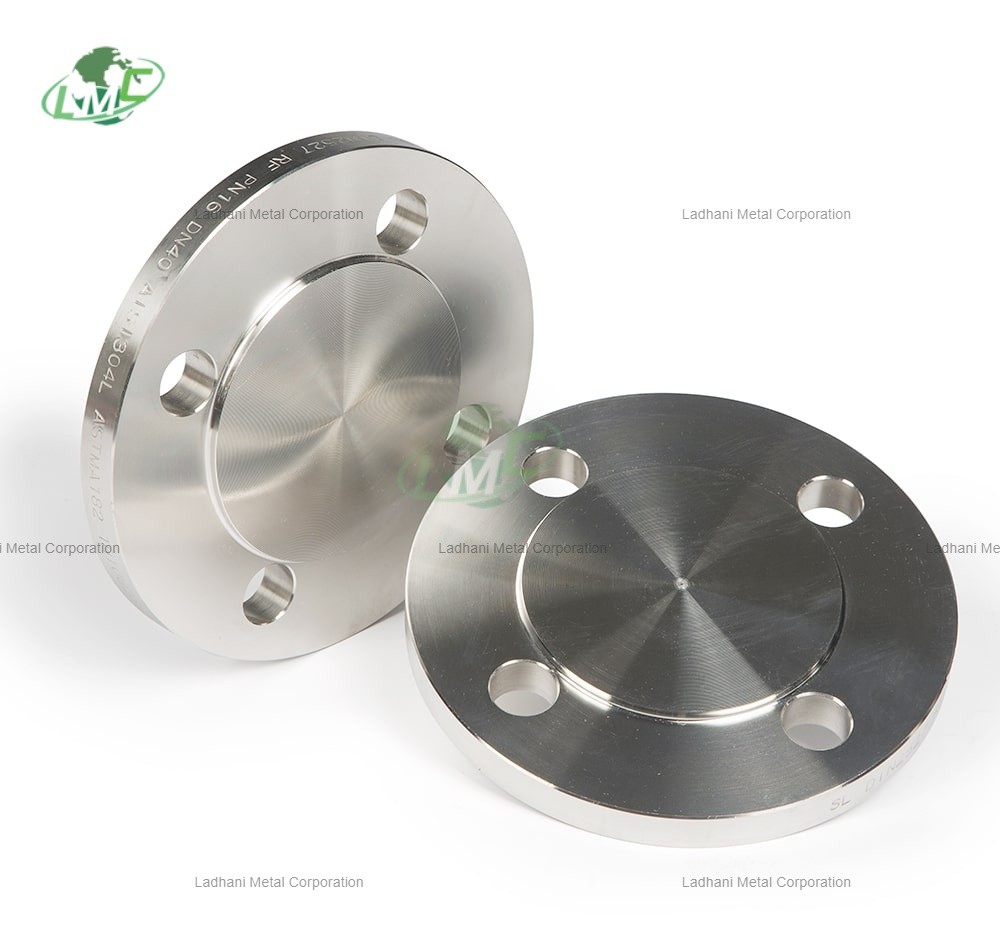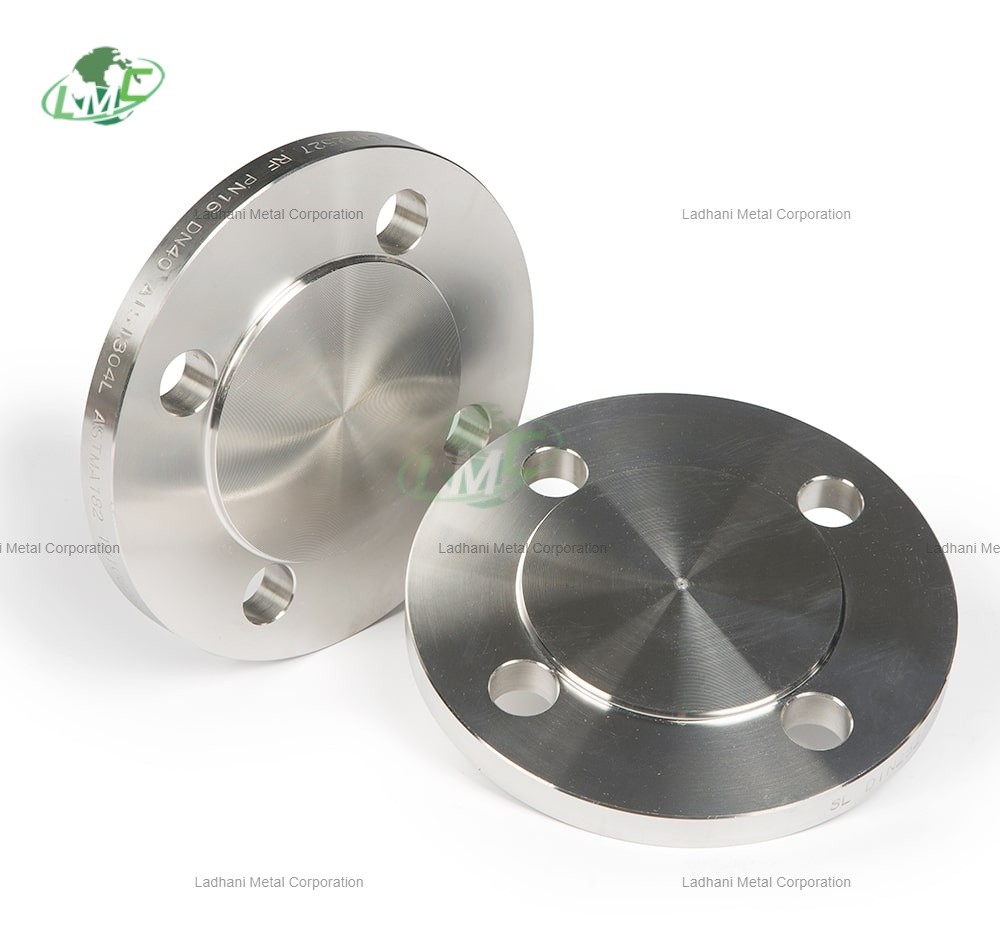DIN 2527 Carbon Steel (C.S.) Blind Flanges are designed to seal the ends of pipes or vessels in industrial piping systems where no further connection is required. These blind flanges are made from carbon steel, which is known for its strength, durability, and cost-effectiveness. The DIN 2527 standard ensures that these flanges meet precise dimensional and mechanical requirements for reliability under various industrial conditions. Material Composition of Carbon Steel (C.S.) Blind Flanges: The material used in DIN 2527 carbon steel blind flanges typically includes carbon steel grades like St 37, St 52, or A105, which are commonly used for pressure-containing parts in piping systems. The general composition of carbon steel includes: Carbon (C): 0.05% to 0.25% – Provides strength and hardness. Manganese (Mn): 0.30% to 0.90% – Enhances toughness and strength. Silicon (Si): 0.10% to 0.60% – Adds strength and hardness. Phosphorus (P): Up to 0.04% – Ensures better toughness and workability. Sulfur (S): Up to 0.05% – Keeps the material ductile and machinable. Iron (Fe): The remainder of the material – Makes up the base composition. These carbon steel grades provide excellent mechanical properties, such as strength, ductility, and weldability, making them suitable for a wide range of applications in moderate temperature and pressure environments. Key Features of DIN 2527 Carbon Steel Blind Flanges: Temperature and Pressure Resistance: Operating Temperature: Carbon steel can withstand temperatures up to 400°C (752°F) without significant degradation. It is ideal for moderate temperature applications. Pressure Tolerance: DIN 2527 carbon steel blind flanges come with pressure ratings such as PN6, PN10, PN16, PN25, and higher, ensuring they can safely handle pressure in piping systems. Corrosion Resistance: Carbon steel is not highly resistant to corrosion, especially in moisture, chlorides, or acidic environments. To enhance the corrosion resistance, these flanges can be galvanized or coated (with zinc or paint), which helps in increasing their durability in mildly corrosive environments. Strength and Durability: Carbon steel offers high strength and good toughness under moderate stress and pressure conditions. It is stronger than mild steel, providing a reliable seal for general industrial use. Dimensional Accuracy and Pressure Class: The DIN 2527 standard ensures precise dimensional accuracy, enabling easy and reliable installation. Carbon steel blind flanges come in different pressure ratings like PN6, PN10, PN16, and PN25, providing flexibility based on the system's pressure requirements. Design and Types of DIN 2527 Carbon Steel Blind Flanges: Standard Blind Flange (Type A): A solid circular flange used for general isolation of pipeline sections where no further connection is needed. Flat-Faced Blind Flange: This flange features a flat sealing surface, making it suitable for low-pressure systems or applications where a tight seal is not required. Raised Face Blind Flange: Has a raised surface for a better seal in medium-to-high-pressure systems, where the flange is bolted to a matching raised face of another flange. Ring-Type Joint (RTJ) Blind Flange: Used in high-pressure systems, this flange has a groove that holds an RTJ gasket, offering a superior seal under high-pressure conditions. Long Weld Neck Blind Flange: Features an extended neck for welding to the pipe, providing additional strength and making it suitable for high-pressure or high-stress applications. Nominal Diameter: Available in a wide range of nominal diameters (e.g., DN10, DN50, DN150, DN600), ensuring compatibility with different pipe sizes and system requirements.
Send Message
